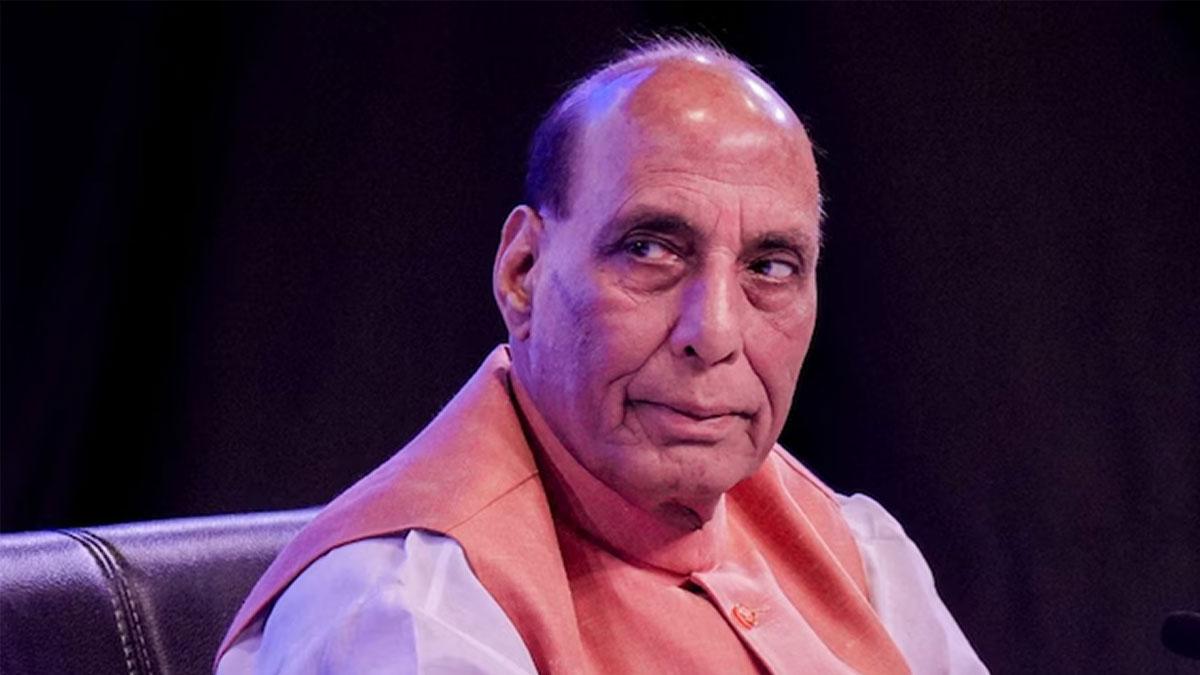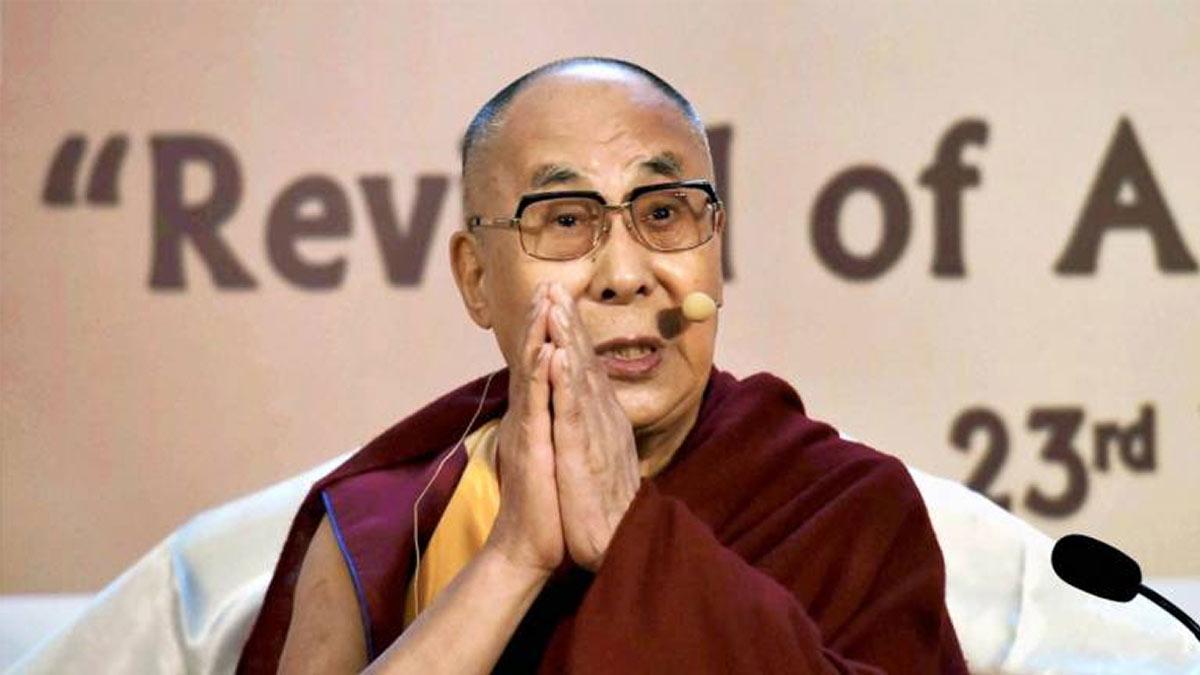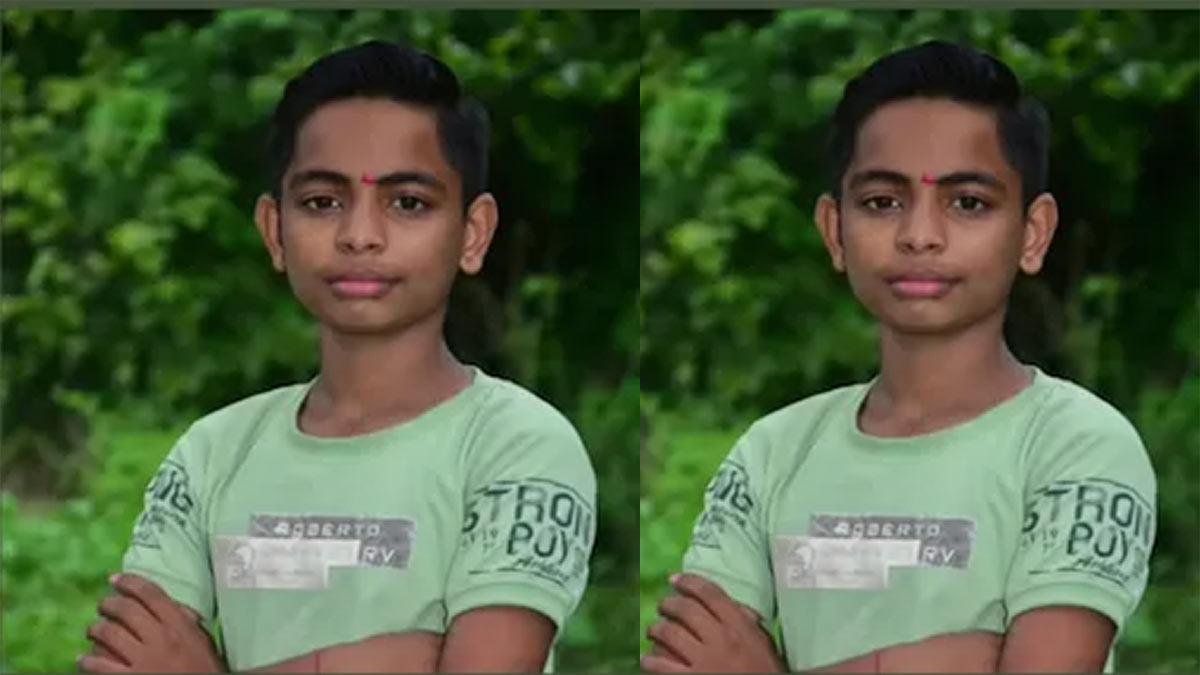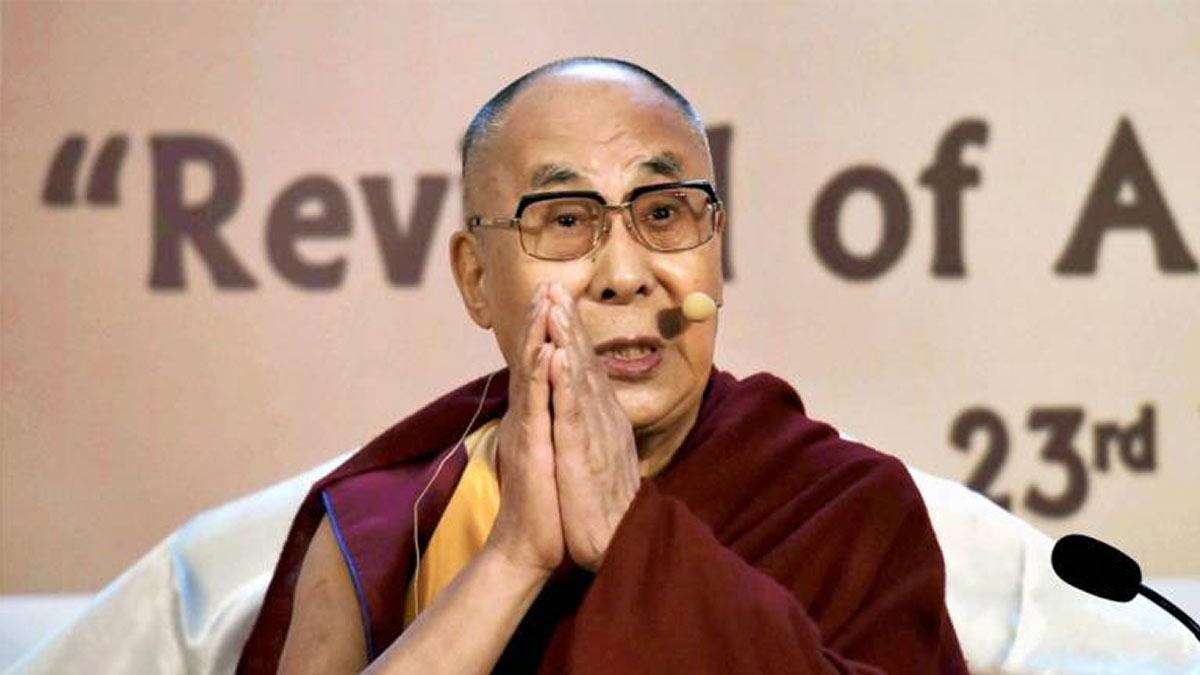Defence Minister Rajnath Singh on Tuesday thanked the United States for its unwavering support in the struggle against terrorism, especially in the wake of Operation Sindoor.
Singh expressed appreciation for this support over a telephone call with US Secretary of Defense Pete Hegseth — their first conversation since India ordered a targeted military reaction to the April 22 Pahalgam terror attack.
Going to social media following the meeting, Singh tweeted on X: "Happy to meet the US @SecDef Mr. @PeteHegseth today. Superb conversation to go through the ongoing and new efforts to further strengthen India-US defence cooperation and enhance cooperation in building capacity. Expressed my sincere appreciation for the unstinted support provided by the US to India in its war against terrorism. Looking forward to seeing him at an early date."
In the conversation, Singh is said to have stressed India's right to defend itself against terror, insisting that New Delhi would do what was necessary to deter and prevent future attacks across the border. In his description of India's response in the recent four-day standoff with Pakistan, according to individuals briefed on the conversation, he called it "measured, non-escalatory, proportionate," targeting only terror infrastructure specifically.
This new outreach is a follow-up to a prior call by the two leaders on May 1, during which Singh had informed Hegseth that the Pahalgam attack, which killed 26 civilians, had unequivocally revealed Pakistan as a rogue state and a regional disruptor. He also called for the international community no longer able to disregard Pakistan's role in cultivating terrorism.
India initiated Operation Sindoor in the early morning hours of May 7 aimed at terror camps and military installations in Pakistan and Pakistan-occupied Kashmir (PoK) following the Pahalgam massacre. Indian forces participated in four days of fighting involving a coordinated campaign comprising air raids, drone operations, long-range missiles, and heavy artillery, with the cessation of military hostilities in a reciprocal decision on May 10.
The Indian Air Force (IAF) between May 7 and 10 demolished two crucial terrorist facilities—Markaz Subhanallah in Bahawalpur and Markaz Taiba close to Muridke in Punjab province—Indian defence officials said. The Indian Army also attacked seven other locations in PoK and Pakistan, including places in Sialkot, Muzaffarabad, Kotli, Bhimber, and Sarjal.
On May 9 and 10, Indian aerial assets pushed the offensive into strategic military targets in Pakistan including Rafiqui, Chaklala, Rahim Yar Khan, Sargodha, and Malir Cantonment in Karachi. Subsequently, an anonymous Pakistani memorandum of May 18 uncovered that the Indian drone attacks had reached even deeper than recognized, including targets in Peshawar, Attock, Jhang, Bahawalnagar, Gujrat, Chhor, and Hyderabad — none of which had been mentioned in India's reports at the time.
As a counter, Pakistan initiated Operation Bunyan-um-Marsoos. Nevertheless, as Defence Chief of Staff General Anil Chauhan disclosed on June 3, the Pakistani operation failed within eight hours on May 10, well short of Islamabad's ambitious objective of defeating India within two days.
Singh and Hegseth also spoke of a wide array of defence cooperation efforts during their call. These involved deeper military training, enhanced industry partnerships, and increased interoperability between the two armed forces. The Indian defence ministry said both sides committed to beefing up cooperation in priority areas such as sharing logistics, joint exercises, supply chain integration, as well as collaborating with allied partners.
Secretary Hegseth invited Singh to come to the United States for follow-up talks to take bilateral defence relations forward.
Read also| Indian Navy Welcomes INS Tamal, Equipped with BrahMos Missiles


















